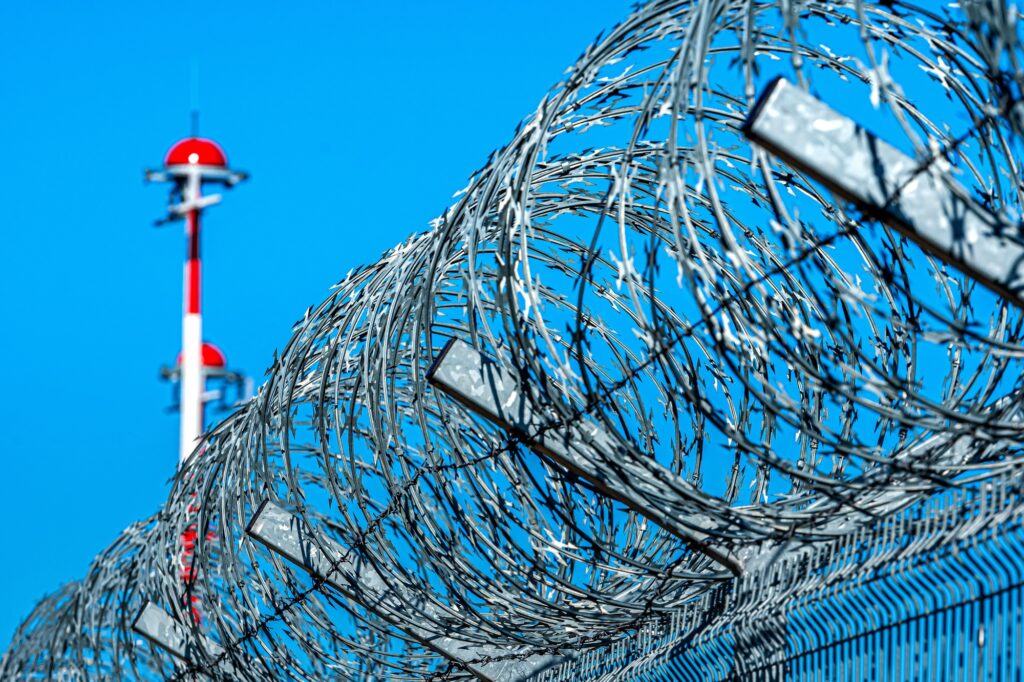Key Takeaways:
- Pre-Inauguration Migration Surge: Reports suggest an increase in migration attempts ahead of Donald Trump’s upcoming inauguration, reversing the declining trend seen in November.
- Aggressive Border Enforcement in Texas: A recent confrontation in El Paso highlights the increasingly harsh treatment of migrants, including the use of force by Texas state forces.
- Southern Mexico Caravan Struggles: Migrant caravans continue to form but face challenges in reaching the U.S. border due to strict Mexican border controls and internal barriers.
- Impact of Mass Deportations: The U.S. has significantly ramped up deportation flights, which may overwhelm Central American countries’ capacity to reintegrate returning migrants.
- Revival of Border Wall Construction: The Trump administration has announced plans to expand the controversial border wall despite high costs and questionable long-term effectiveness.
Over the past month, migration trends along the U.S.-Mexico border have shown both hope and heightened concern. After Donald Trump’s election victory in November, migration initially slowed significantly. Data suggested that, for the first time in months, more people were entering the U.S. through official ports of entry than were being apprehended attempting to cross illegally.
However, by mid-December, the tide began to shift. Reports from Texas indicate a growing number of migrants trying to cross into the U.S., driven by fears of harsher policies once Trump takes office. It seems many are rushing to enter before the administration implements its more stringent immigration measures.
El Paso Incident: A Tense Flashpoint
A dramatic scene unfolded recently in El Paso, Texas, where a group of migrants approached the border wall, intending to surrender to U.S. authorities and seek asylum. Instead, they were met with forceful resistance from Texas state troopers. The migrants were pushed back, some reportedly in a violent manner, raising questions about the balance between border enforcement and the humane treatment of asylum seekers.
This incident is a stark reminder of the tense environment at the border and the political complexities of immigration enforcement. On one side, U.S. states like Texas are taking matters into their own hands, while on the other, federal and international bodies advocate for migrant rights and due process.
Challenges for Migrant Caravans in Mexico
Meanwhile, in southern Mexico, the formation of migrant caravans continues to highlight the plight of those fleeing violence, poverty, and lack of opportunities in Central America. Despite their determination, none of these caravans have successfully reached the northern border. Many migrants face obstacles such as Mexican border patrol crackdowns, internal checkpoints, and logistical challenges.
The caravans represent a broader humanitarian issue, reflecting desperation and the limited options available for those seeking a better future. It also underscores the growing pressure on Mexico to serve as both a transit and deterrent state.
Mass Deportations: A Looming Crisis
In response to these migration patterns, the U.S. has accelerated deportation flights to Central America. This surge in deportations raises serious concerns. Countries like Guatemala, Honduras, and El Salvador are struggling to provide services and opportunities for their returning citizens, many of whom face threats from gangs and economic instability.
Mass deportations without proper reintegration plans could exacerbate already dire conditions in these countries, potentially creating a vicious cycle of migration and return.
Border Wall: A Costly Controversy
As part of its renewed immigration strategy, the Trump administration has announced plans to resume and expand the border wall’s construction. While some argue the wall is a necessary security measure, its critics highlight the high costs and limited effectiveness. Experts suggest that addressing the root causes of migration—such as violence, poverty, and lack of education—would do far more to curb irregular migration than physical barriers ever could.
A Complex Future
The situation at the U.S.-Mexico border remains precarious. On one hand, there’s the legitimate need to manage migration and ensure border security. On the other, the humanitarian crisis unfolding requires thoughtful, compassionate solutions.
In my opinion, addressing the root causes of migration and promoting safe, legal pathways for those seeking refuge is the only sustainable path forward. Enforcement alone cannot resolve the complexities of migration; it demands a more comprehensive and humane strategy.
#










